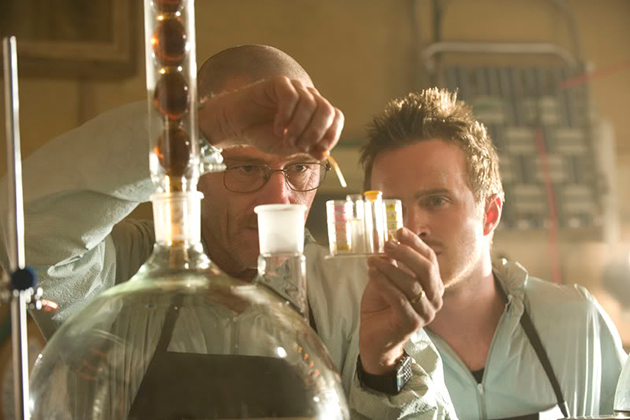
As the final episodes of Breaking Bad became available for the first time on Netflix this week, UConn chemistry professor Nicholas Leadbeater offered a three-part examination of the chemistry behind the hit television show.
On Monday, he discussed why Walter White’s meth was so unique. Listen here.
On Tuesday, he discussed White’s use of acids to make evidence disappear. Listen here.
On Wednesday, he examined White’s use of instant poison gas to make one of his Greatest Escapes. Listen here.
Leadbeater is an associate professor of organic and inorganic chemistry at the University of Connecticut, where he heads the New Synthetic Methods Group. The group conducts research on cleaner and more efficient methods for creating synthetic materials. Leadbeater holds a Ph.D. from Cambridge University, where he was a research fellow until 1999.
These talks were first aired on WAMC, the PBS station in Albany, N.Y., as Academic Minutes, and were also hosted by Inside Higher Education. The Academic Minute features researchers from colleges and universities around the world.
Thanks to WAMC for the station’s permission to post these spots.



